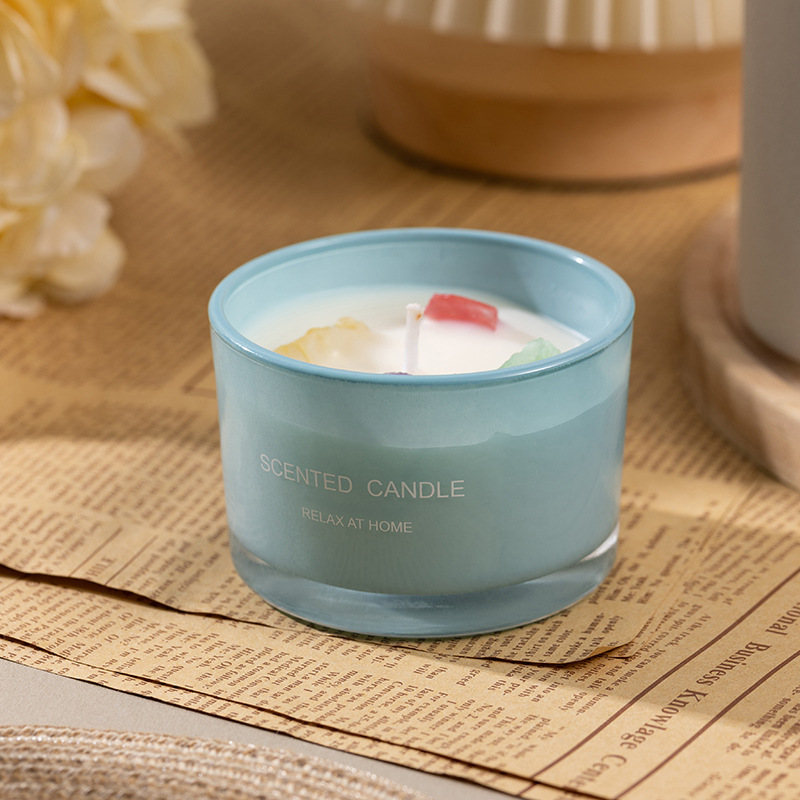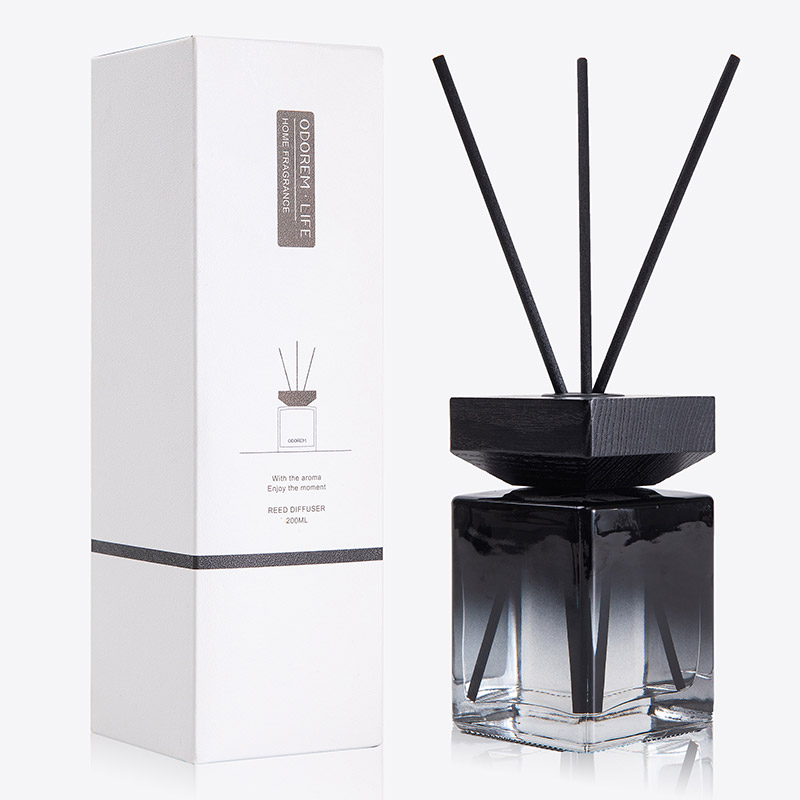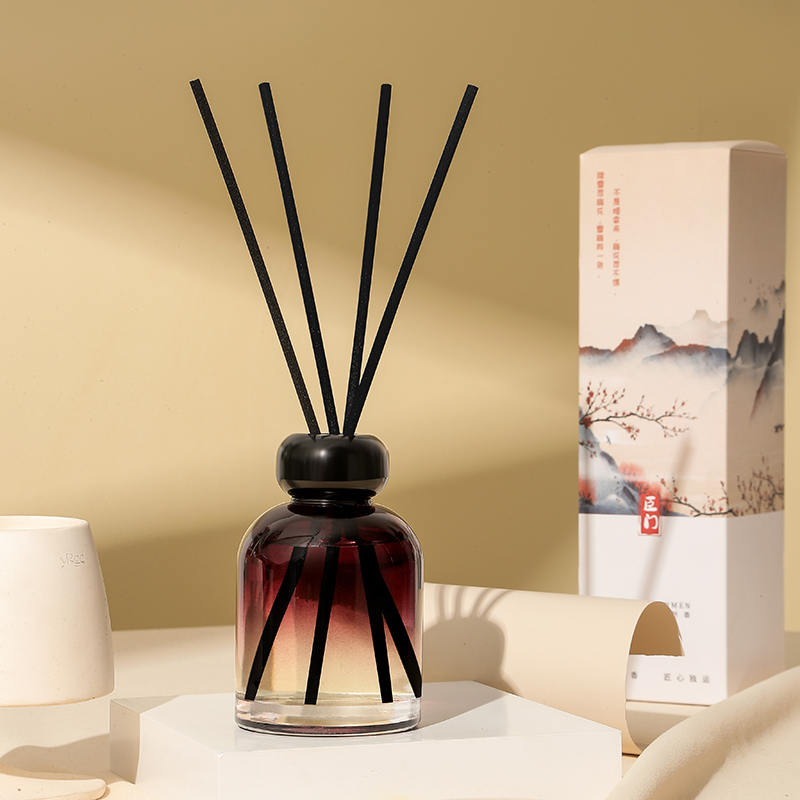Are Natural-Fragrance Scented Sachets Bags Better Than Synthetic Ones?
What Defines Natural vs. Synthetic Fragrances in Sachets?
Natural fragrances are derived from plant sources—such as essential oils extracted from flowers, herbs, or fruits—through physical processes like distillation or cold pressing . Synthetic fragrances, by contrast, are created in laboratories using chemical compounds, which may replicate natural scents or produce entirely unique aromas . The core distinction lies in origin: natural scents rely on organic materials, while synthetic ones use human-engineered molecules.
How Do They Compare in Safety and Sensitivity?
Neither type is universally safer, but they present different risk profiles. Natural fragrances often have lower allergen risks for sensitive individuals, as they lack the synthetic additives common in lab-made scents . However, some natural compounds—like cinnamon aldehyde or citrus oils—can still trigger irritation . Synthetic fragrances undergo rigorous safety testing when compliant with regulations, though low-quality versions may contain harmful additives . For allergy sufferers, both types require checking for specific problematic ingredients.
What About Longevity, Cost, and Environmental Impact?
Practical factors play a key role in the choice. Synthetic fragrances last longer in sachets, as they include fixatives that slow aroma dissipation . They’re also more affordable, thanks to mass production . Natural fragrances have a shorter lifespan and higher cost due to labor-intensive extraction, but they boast a smaller environmental footprint—supporting sustainable agriculture and reducing chemical pollution . The "better" option depends on whether priority is given to durability, budget, or eco-friendliness.

 English
English Español
Español عربى
عربى






